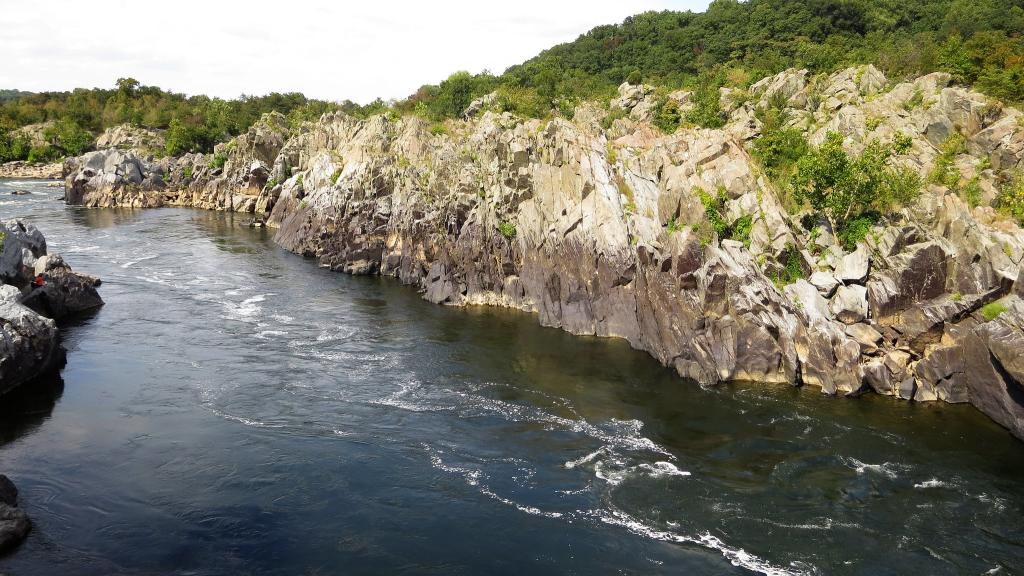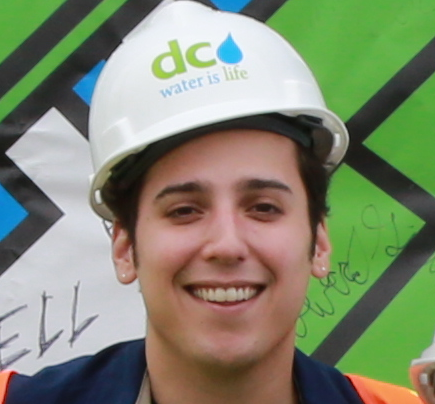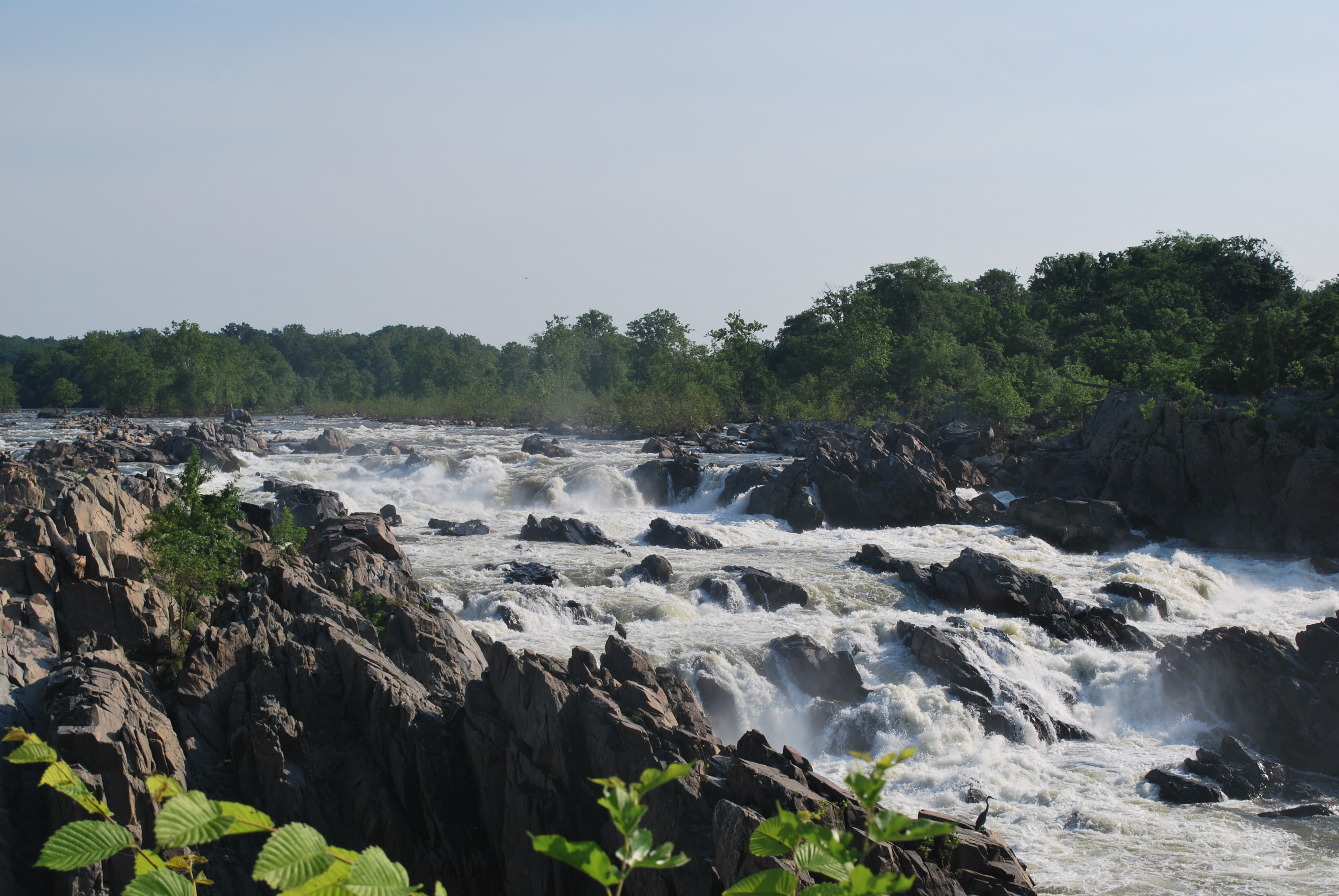Safeguarding our Water Source, the Potomac River

 As part of our Drinking Water Week celebration, this morning DC Water and our mascot Wendy the Water Drop joined DCPS leaders, teachers, families and students at the annual Bike to School Day in Lincoln Park. As always, Wendy was greeted with enthusiasm by attendees of all ages. When asked about where Wendy and water come from, one third-grader paused, and hesitantly answered “from pipes?”
As part of our Drinking Water Week celebration, this morning DC Water and our mascot Wendy the Water Drop joined DCPS leaders, teachers, families and students at the annual Bike to School Day in Lincoln Park. As always, Wendy was greeted with enthusiasm by attendees of all ages. When asked about where Wendy and water come from, one third-grader paused, and hesitantly answered “from pipes?”

Much like this student, many of us are unsure where our drinking water originates. We turn on the tap, use our water, and go about our business. We do this countless times a day—wash, rinse, repeat. Think about it: can you say with absolute certainty where our tap water comes from?
If you read the title of this post and said the Potomac River, you’re correct. Raw water is taken from the Potomac River at Great Falls and Little Falls by the Washington Aqueduct. It is cleaned, fortified, and distributed by DC Water to every building in the District.
For many of us, tap water has become so closely associated with modern home-life and infrastructure—faucets, plumbing, pipes—that we don’t give much thought to its connection with the environment. Actions that impact the health of our rivers here in D.C. can affect the quality of water used by our neighboring water utilities downstream. The same can be said for the actions taken upstream of Great Falls.
High-quality drinking water begins with healthy waterways. This year’s Drinking Water Week reminds us that it is important we “Protect the Source” of our water.
DC Water does a number of things to clean up waterways: our Clean Rivers Project will continue to dramatically decrease pollution into Rock Creek and the Potomac and Anacostia rivers; our newly modernized skimmer boats Flotsam and Jetsam remove hundreds of tons of trash from the Potomac and Anacostia rivers each year; our monitoring program keeps a close eye on emerging compounds that could potentially affect river health and water quality.
We are all stewards of our watershed. So how can you help continue to keep our rivers clean and healthy?
1) Prevent trash and debris from entering storm drains and catch basins.
“Don’t litter” is a no-brainer, but sometimes trash can get into waterways due to clogged storm drains and catch basins. If you see any clogged drains, call and report them to the 24-hour Command Center, (202) 612-3400.
2) Follow the label when using and storing cleaners, fertilizer, and pesticides, and safely dispose of chemicals and medications properly.
DC Water owns and operates the largest advanced wastewater treatment facility in the world. However, when put down drains, sewers, and toilets, chemicals like cleaners, paints, motor oil, gasoline, herbicides, and pharmaceuticals can still end up returning to our rivers after the wastewater treatment process, and harming aquatic plants and animals. It’s best to dispose of these things at various take-back events and take-back sites. Visit the Department of Energy & Environment’s page about proper disposal of hazardous materials in D.C. and the Drug Enforcement Agency’s website for sites that offer year-round drug disposal.
3) Throw wet wipes, tampons, and other sanitary products in the trash, not the toilet.
This may not be as obvious as the first example when it comes to protecting river health. Though labeled “flushable” and commonly misperceived as such, these items are made from woven fabrics and plastics, not from the same easily-dispersible material as toilet paper. Thus, they do not break down in sewer systems, damaging pumping equipment and filtration screens, and causing sewer backups that can leak pollution into the environment.
4) Similarly, ensure grease and cooking oil are thrown in the trash, not down the sink.
Though they may slide innocently down kitchen drains with warm water and dish soap, fats, oils, and grease join with the aforementioned materials in our sewer systems to form giant clogs. These “fatbergs” can grow to be as big as cars, directly causing sewer backups and overflows into homes and rivers. Learn more from the Protect Your Pipes campaign.
5) Report accidental and suspected spills.
To report hazardous spills in DC call 911. After the spill is under control, contact District’s Homeland Security and Emergency Management Agency at 202 727-6161 and DOEE-HWP at 202 671-3308. Learn more from DOEE.
To learn more about Drinking Water Week, visit the American Water Works Association’s website. If you have questions about drinking water quality, please contact DC Water’s Division of Water Quality and Technology at 202-612-3440.





